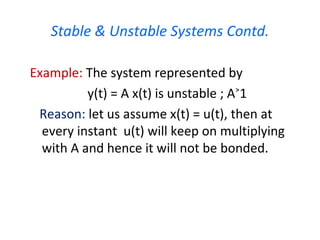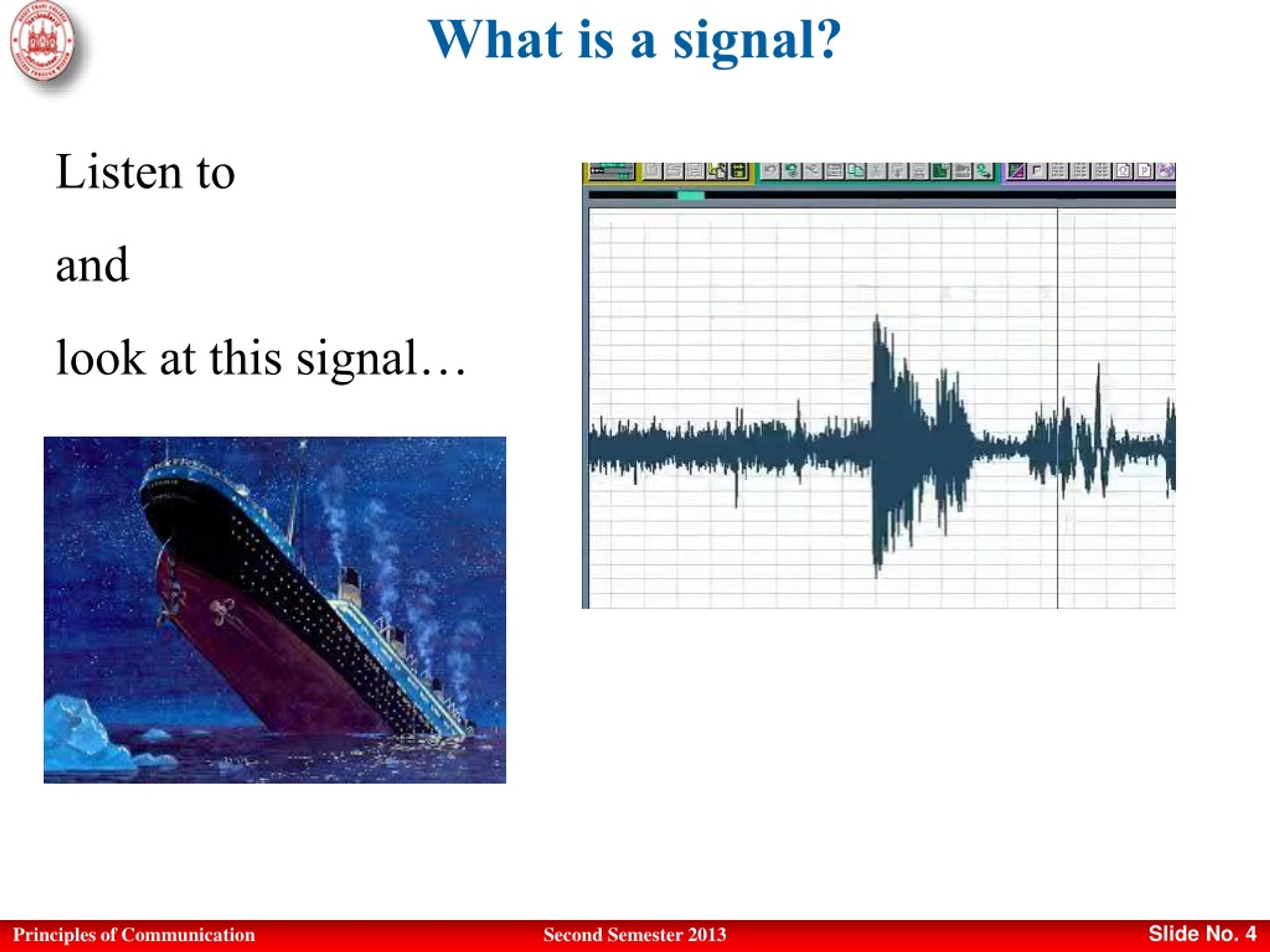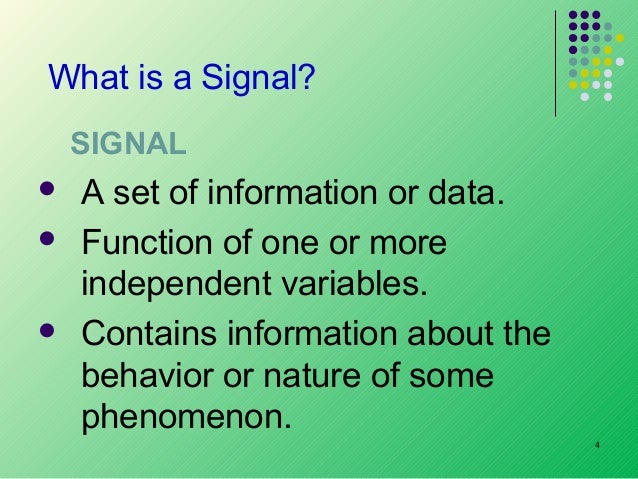

May generate SIGFPE.) Ignoring this signal might lead to an (Also dividing the most negative integer by -1 It ignores a SIGFPE, SIGILL, or SIGSEGV signal that was not The effects of signal() in a multithreaded process areĪccording to POSIX, the behavior of a process is undefined after Then signal() provides System V semantics.

(Byĭefault, these macros are defined see feature_test_macros(7)įor details.) If such a feature test macro is not defined, This default behavior is provided as long as a suitableįeature test macro is defined: _BSD_SOURCE on glibc 2.19 andĮarlier or _DEFAULT_SOURCE in glibc 2.19 and later. Instead, itĬalls sigaction(2) using flags that supply BSD semantics.

The semantics of the existing signal() interface while doing so. Furthermore, rapidĭeliveries of the same signal could result in recursiveīSD improved on this situation, but unfortunately also changed Handler had a chance to reestablish itself. This wasīad because the signal might be delivered again before the System V also provides these semantics for signal(). This is equivalent to calling sigaction(2) with the following System did not block delivery of further instances of the signal. Using signal() was invoked by the delivery of a signal, theĭisposition of the signal would be reset to SIG_DFL, and the In the original UNIX systems, when a handler that was established Handler is invoked use that interface instead of signal(). Which provides explicit control of the semantics when a signal POSIX.1 solved the portability mess by specifying sigaction(2), POSIX.1 explicitly permits this variation) do not use it for this purpose. Signal() to establish a signal handler vary across systems (and
#SIGNAL DEFINITION PORTABLE#
The only portable use of signal() is to set a signal'sĭisposition to SIG_DFL or SIG_IGN. Void ( * signal (int signum, void (* handler )(int)) ) (int) Portability The declaration of signal() is the somewhat harder to read: Sig_t if _BSD_SOURCE (glibc 2.19 and earlier) or _DEFAULT_SOURCE _GNU_SOURCE is defined glibc also defines (the BSD-derived) The use of sighandler_t is a GNU extension, exposed if Onįailure, it returns SIG_ERR, and errno is set to indicate the RETURN VALUE top signal() returns the previous value of the signal handler. The signals SIGKILL and SIGSTOP cannot be caught or ignored.

If invocation of the handler caused the signal to beīlocked, then the signal is unblocked upon return from the Portability below), and then handler is called with argument * If the disposition is set to a function, then first either theĭisposition is reset to SIG_DFL, or the signal is blocked (see * If the disposition is set to SIG_DFL, then the default actionĪssociated with the signal (see signal(7)) occurs. * If the disposition is set to SIG_IGN, then the signal is If the signal signum is delivered to the process, then one of the Which is either SIG_IGN, SIG_DFL, or the address of a programmer. Signal() sets the disposition of the signal signum to handler, SYNOPSIS top #include typedef void (*sighandler_t)(int) sighandler_t signal(int signum, sighandler_t handler ) DESCRIPTION top WARNING: the behavior of signal() varies across UNIX versions,Īnd has also varied historically across different versions of
#SIGNAL DEFINITION MANUAL#
Signal(2) System Calls Manual signal(2) NAME top



 0 kommentar(er)
0 kommentar(er)
